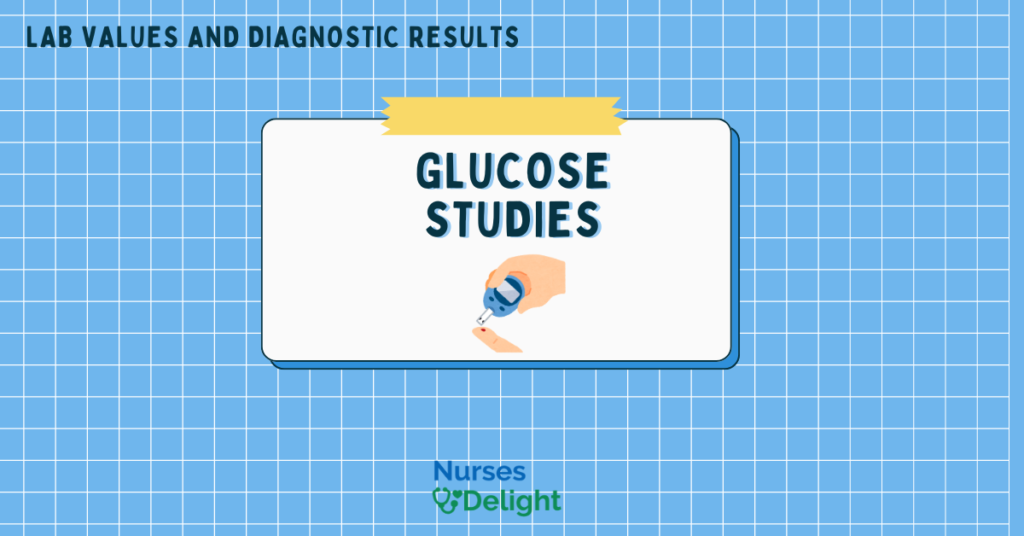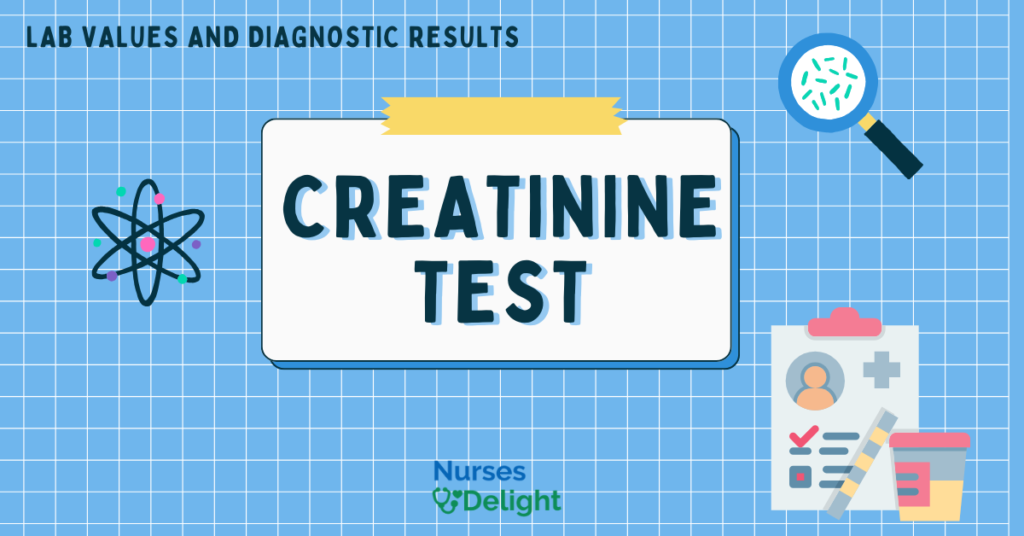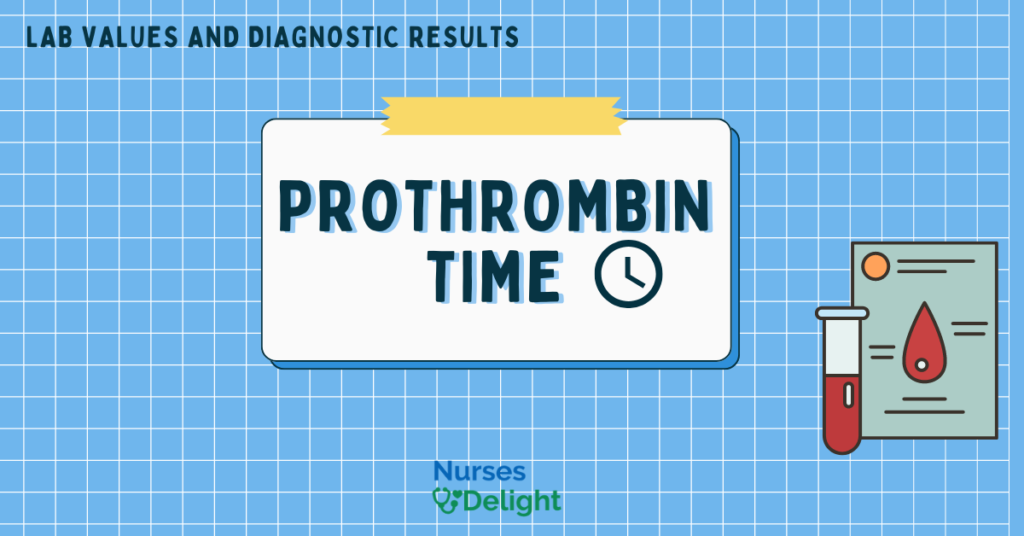Blood glucose lab values are the most essential in managing diabetes mellitus. Blood sugar level is determined by the balance between absorption, storage and utilization.
The body generally keeps the level of blood sugar amazingly constant despite periods of high absorption, that is, after meals and high utilization like exercise, fever, etc.
The parameters that measure glucose levels include;
- Fasting blood sugar levels
- Glucose tolerance test
- HbA1c
Fasting Blood Glucose or Sugar (FBS) Levels
They are primary tests used to diagnose diabetes mellitus and hypoglycemia. Glucose is the main source of cellular energy for the body and is essential for brain and RBC function.
Normal Range
- Glucose, fasting: 70 – 110 mg/dL (3.9-5.5 mmol/L)
- Glucose, 2-hr postprandial: < 140mg/dL (7.8 mmol/L)
Indications
Blood glucose levels are tightly regulated in a narrow range by a complex mechanism by several hormones. Hence, a derangement of variation of blood glucose is often a hint of illness.
Interpretation
Values for diabetes mellitus:
- Fasting plasma glucose value of greater than 125 mg/dL (6.5 mmol/L)
- Random plasma glucose more than 200 mg/dL, postprandial glucose at 2
hours >200 mg/dL (11. 1 mmol/L) - Hypoglycemia is a blood glucose level < 70 mg/dL (<3.9 mmol/L)
Increased Levels
Glucose levels are increased in;
- Diabetes mellitus
- Corticosteroid therapy
- Cushing’s Syndrome
- Diuretic therapy
- Glucagonoma
- Pheochromocytoma
- Acute stress response.
Decreased Levels
Glucose levels are decreased in;
- Insulinoma
- Extensive liver disease
- Hypopituitarism
- Hypothyroidism
- Insulin overdose
- Starvation
Interfering Factors
- Increased coagulation factor levels
- The body’s ability to produce and respond to insulin.
Nursing Implications
- Fasting state of the patient for 8 to 12 hours is required before the test.
- The patients should withhold morning insulin or oral hypoglycemic medication if they are diabetic until the blood is drawn.
Glucose Tolerance Test (GTT)
This test helps in the diagnosing diabetes mellitus. After injection or ingestion of glucose, If the glucose levels peak at higher than normal
at 1 and 2 hours after and are slower than normal to return to fasting levels, a diagnosis of diabetes mellitus is confirmed.
It is indicated when a random or fasting blood glucose test is insufficient to diagnose or rule out diabetes mellitus. GTT is used to assess the ability of the body to regulate glucose metabolism.
A combination of carbohydrate uptake from the gastrointestinal tract, peripheral glucose uptake, and hepatic glucose output is indicated by glucose tolerance test.
The GTT is done on an empty stomach in the morning, and the patient should remain seated throughout. This test measures the body’s ability to handle a sudden large dose of glucose, determining both the effect on blood glucose and whether any glucose appears in the urine.
The first sample is fasting glucose testing, after which the glucose load is administered orally or intravenously and plasma glucose is measured at specified intervals thereafter. In standard oral GTT, plasma glucose levels are measured at 2 hours after a 75 g oral glucose load, but for gestational diabetes mellitus, an additional sample may be measured at 1 hour.
The recommended glucose is a maximum of 75 g, and the dosage for a child is 1.75 g/kg body weight.
Normal Lab Values For GTT
- 70 – 110 mg/dL (baseline fasting)
- 110 – 170 mg/dL (30-minute fasting)
- 120 – 170 mg/dL (60-minute fasting)
- 100 – 140 mg/dL (90-minute fasting)
- 70 – 120 mg/dL (120-minute fasting)
Indications
Oral GTT is indicated when the fasting or random blood glucose levels are suggestive toward the diagnosis of type 2 diabetes mellitus, for screening of impaired glucose tolerance, and to screen for gestational diabetes.
Interpretation
Patients who present with a higher risk of developing diabetes mellitus, with a view to beginning preventive therapy, need a glucose tolerance test.
Abnormal Glucose Tolerance Test
This can be caused by;
- Diabetes mellitus
- Glucagonoma
- Pheochromocytoma
- Corticosteroid therapy
- Cushing’s Syndrome
- Diuretic therapy
- Acute stress response
Interfering Factors
Increased coagulation factor levels interfere with the glucose tolerance test results.
Nursing Implications
- The patient should eat a carbohydrate-rich diet for 3 days before the test.
- Inform the patient to fast for 10 to 16 hours before the test.
- Patients with diabetes mellitus should withhold insulin or hypoglycemic medications.
- The patient should be informed that the procedure of the test may take 3 to 5 hours, require administration of glucose, oral or IV, and collecting of multiple blood samples.
HbA1c
HbA1c gives the measure of the amount of glucose attached to the hemoglobin.
Hemoglobin is a part of the RBC that carries oxygen from the lungs to the
peripheral organs. As the average lifespan of the RBC is about 3 months, the HbA1c gives a measure of the glucose levels over the past three months.
A specific fraction of hemoglobin called hemoglobin A1c is found in patients with diabetes mellitus as well as healthy individuals. It is formed when the valine of N-terminal of the beta chain of hemoglobin A is modified by the addition of a component of sugar moiety.
Hemoglobin A1c is stable once formed. Hence, the hemoglobin A1c level shows the average blood glucose for 120 days, which is the lifespan of an RBC.
It has been studied and shown that maintaining near normal levels of blood glucose as reflected by HbA1c delays the onset and also slows the progression of diabetic microvascular complications like retinopathy, nephropathy, and neuropathy.
Even though finger prick measurement of glucose by patients remains the method of diabetes management and for adjusting daily insulin, the importance of ongoing, periodic A1c measurements to monitor compliance and the efficacy of therapy cannot be undermined.
Results
- Normal range: less than 5.7%
- Pre-diabetes: between 5.7%-6.5%
- Diabetes: more than 6.5%
Indications
- Diabetic symptoms: increased thirst, increased hunger, increased urination, fatigue, blurred vision.
- Higher risk of diabetes: severe hypertension, diabetes, obesity, sedentary lifestyle.
Interpretation
- HbA1c in the range of 4% to 5.6% indicates no diabetes.
- HbA1c of 5.7% to 6.5% indicates a higher risk for diabetes mellitus.
- HbA1c of greater than 6.5% indicates a diagnosis of diabetes mellitus.
Increased Levels
The HbA1c levels are increased in;
- Uncontrolled diabetes mellitus
- Stress
- Cushing’s Syndrome
- Corticosteroid therapy
- Pheochromocytoma.
Decreased Levels
The HbA1c levels are decreased in;
- Chronic blood loss
- Chronic renal failure,
- Hemolytic anemia.
Interfering Factors
- Anemia
- disorders of the blood
- high cholesterol levels
- kidney diseases.
References
- Fischbach F., Dunning M. [2015] A manual of laboratory and diagnostic test. 9th Ed. Wolters Kluwer Health. Lippincott Williams & Wilkins.
- Schnell B et al. [2003] Davis’s Comprehensive Laboratory and Diagnostic Test Handbook—with Nursing Implications. F. A. Davis Company Philadelphia.
- Castellone, D. [1999] Coagulation the good, the bad and the unacceptable. Advance for Medical Laboratory Professionals.
- Cavanaugh, B. [1999] Nurses’ Manual of Laboratory and Diagnostic Tests, ed 3. FA Davis, Philadelphia.



